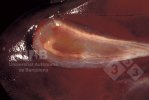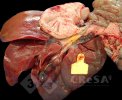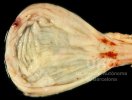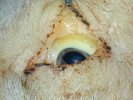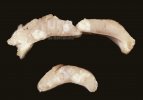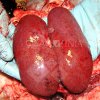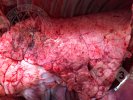
Four years of ASF in Italy: Lessons learned and outlook
Almost four years after the first case of African swine fever was detected in Italy, the epidemic continues to pose a complex challenge for the country's health and wildlife management. Since January 2022, the virus has appeared in four distinct geographical areas. These were independent introductions of certain anthropogenic origin, occurring at different times and environmental contexts.


